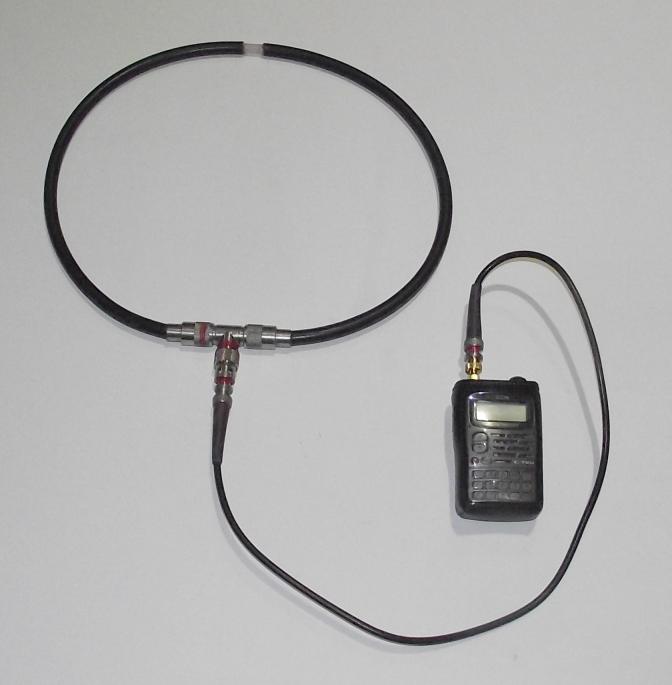Radio Frequency Interference (RFI), QRM or noise, has become one of the single largest impediments to HF operation in any urban environment. This post covers the basic philosophies to help you identify and get on track to resolve your noise issues.
RFI in some urban environments may appear unsolvable, but by working through the methods and techniques presented herein, you should be able to improve your on-air activity. It is an iterative process; as you resolve one noise source, others may appear.
Interference may take many forms and dealing with it is a process that must first start with a broad view, then progressively focus in on the specific symptoms. It can become complex and there may be dead-ends that you need to traverse on your journey. It may involve technical investigation, negotiation with neighbours, consultation with a public utility, referral to the ACMA or a combination of the above.
The aim of QRM.guru is to guide you through the labyrinth of information to hopefully find a meaningful resolution to the problem.
One aspect is certain. The onus for taking action lies with you, the operator, and technical investigation is one of the cornerstones of our hobby. Service providers and the public Regulator will only take an interest if preliminary work has been done properly. Support resources of the Regulator are extremely limited and they will only engage where well documented evidence supports an investigation.
At the completion of “Basic Diagnosis” you should have a profile and solid understanding of the characteristics of the problem. This noise profile provides the basis for moving to “Identifying the noise source”.

Sometimes you need to ask “what isn’t it?” rather than “what is it?”. The latter leads you to make assumptions – and we all know what happens when you make assumptions. Start with a very simple journal and make notes about the noise.
QRM Guru offers a number of forms to assist you in this preliminary assessment and data collection.
Template for Profiling the Noise
Log Sheet – tracking QRM at your station
From day one you must keep a journal to log your activities. There are various other forms you can use to help you narrow down and diagnose the noise source, but a journal will provide a chronological reference of all your activities, including, but not limited to:
- key events (e.g. new equipment, neighbour installing new equipment);
- diagnosis or investigations your have undertaken;
- visits to or discussion with neighbours; and
- calls to power companies, Regulators, etc.
You should be able to identify and profile the noise characteristics. Here are some useful links.
You should have some basic facts about the QRM and be able to answer the following questions:
- What is the actual issue to be resolved?
- Is a neighbour complaining?
- Is the noise affecting your radio station?
- What bands are most effected?
- Does the noise have a profile?
- Time of day
- Direction
- Intensity
- Frequencies/harmonics
- Broad-band or specific frequencies
- What time of the day/night is the noise at its worst?
- Have you observed the noise on more than one receiver? (thereby ruling out an internal birdie)
- Record the noise and try comparing it to known noise sources – refer this link.
- Have you observed if the noise is aligned with any routines in your household? (eg. Cloths washing, reading lights, computer use, daylight hours only etc.
This video provides more information on the first step in the process – Gathering Information
Once you have a profile of the noise you will then want to narrow down the source to one of two possible sources:
- RFI internal to your property
- RFI external to your property
Perhaps the simplest way to narrow down the noise source is to determine whether it’s internal to your property first.
Follow this very simple procedure:
- Setup your receiver to operate on an independent power source (12v battery)
- Confirm you are still receiving the noise
- Turn off the mains master switch
- If you are no longer hearing the noise then the source is local to your property. Work through a simple procedure to narrow down the noise source in your home. Start here.
- If you are still hearing the noise, then it is external to your property. Your next step is to locate the noise source. Start here.
By the end of this step, you should have a good profile and description of your noise, and should know if the source is within or external to your property. You’re now ready to move to the next steps.
Click here if the noise is inside your property
Click here if the noise is external to your property
Click here if you suspect the noise is generated from mains power poles or transformers
